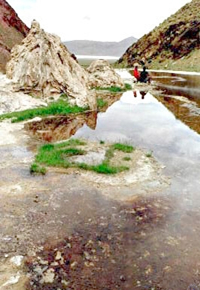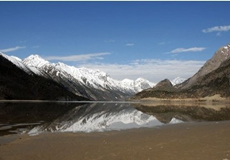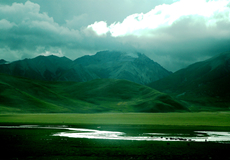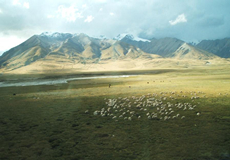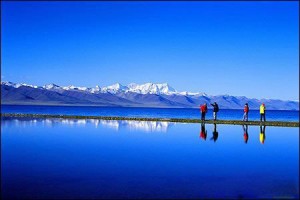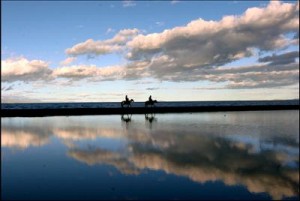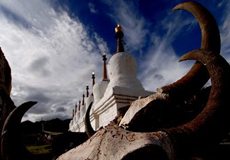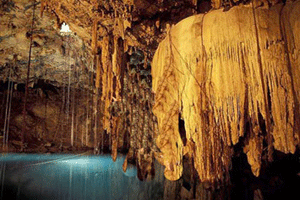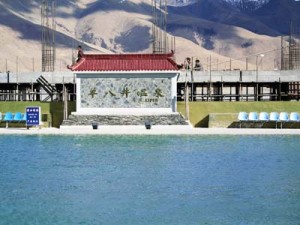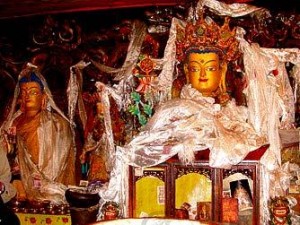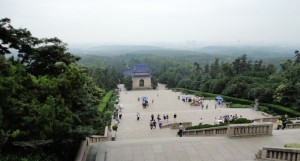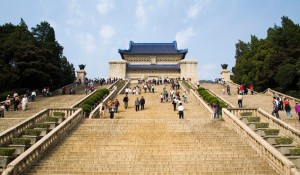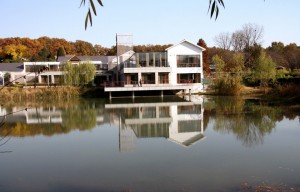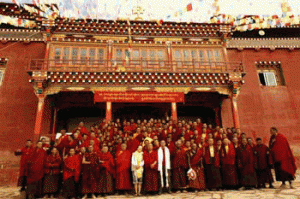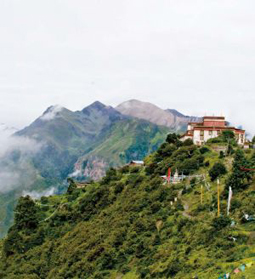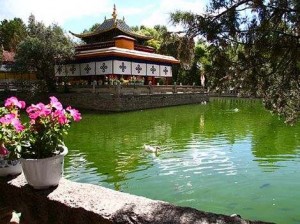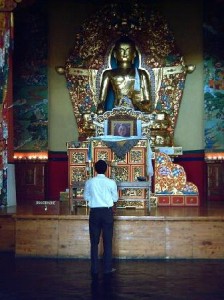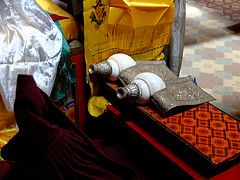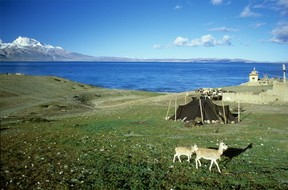Situated in the bank of Yangtze River, Shanghai has reached its prosperity and has grown into a developed city. The city is the most influential one in East China. It provides as the main economical, cultural, financial, international and technology centers. Being one of the biggest metropolises of the world, Shanghai is famous and attractive for its tourism places as well. Many travel destinations of Shanghai have attracted the visitors from all over the world. They enjoy the natural beauty of Shanghai while experiencing the development of Shanghai, China.
Shanghai city is known for its modern look, glamorous. It is unique for its perfect blend of tradition, culture with the modern western mixed oriental living. The skyscrapers and Old Shikumen adorn the sky of Shanghai. The way of living is distinctive. People of Shanghai are very welcome with the changes brought by Western cultures. Yet, it maintains the originality of their tradition and culture. This unique feature may differ Shanghai from other popular cities in the world.
The ultimate fascinating view of Shanghai can be seen by an extensive walk along the Yangtze River. Especially at the night time, bank of Yangtze River is just fascinating. A cruise along the Yangtze River is also possible to enjoy more the feeling of exquisite Shanghai. Boats are available. They normally depart from the Shiliupu Pier taking the passenger to the south of the Bund. The journey may take around three hours.
The glittering river water combined with the outstanding view of the unique and historical architectures along the way will be an unforgettable moment. Some architectures of Neo-Renaissance, French Baroque, Classic, and Art Noveau gives a historical feeling. Get closer to Shanghai and experience the spirit of locals by doing Tai Chi or play Chinese checker at any Shanghai park.
